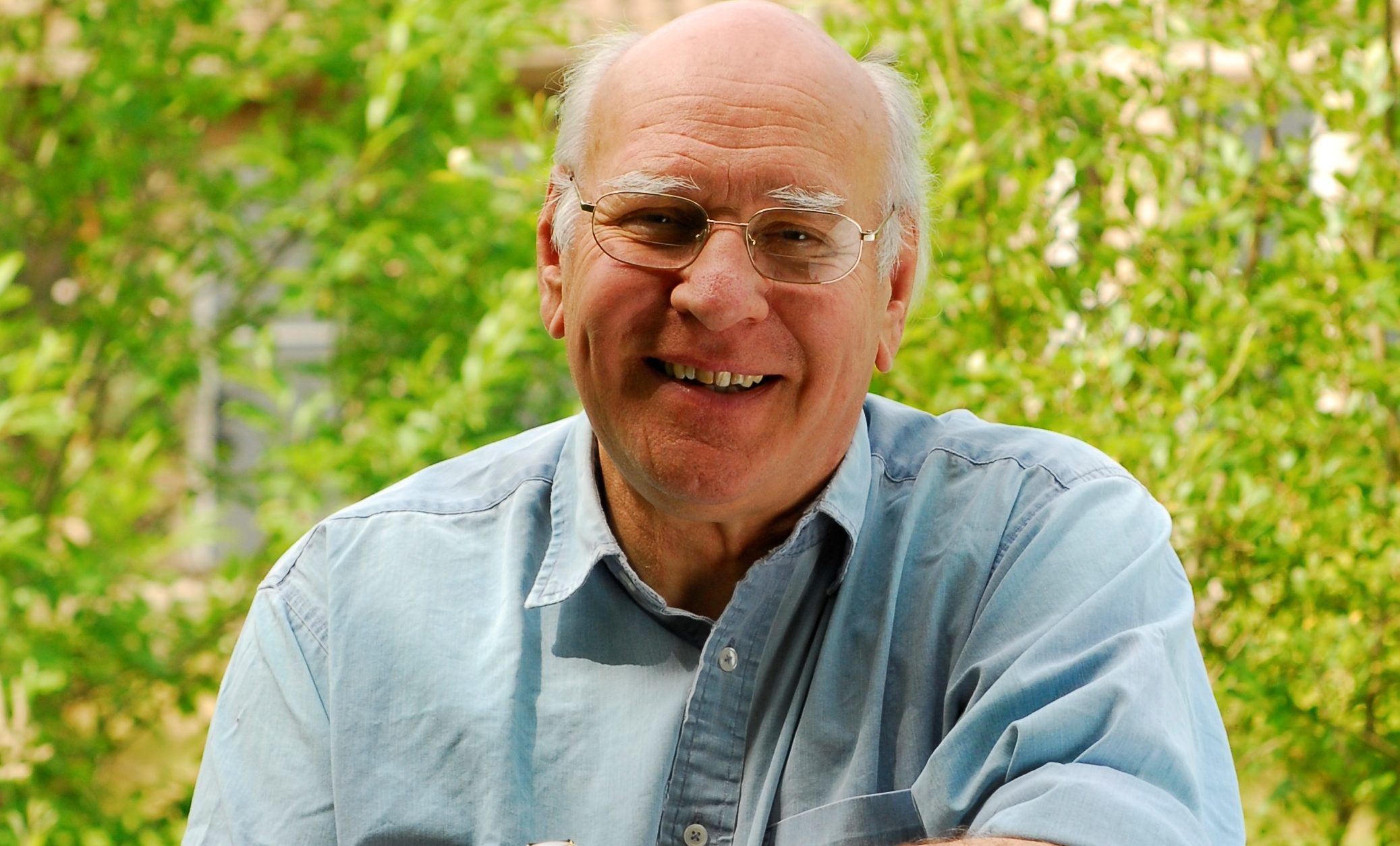
ALMOST all of the problems facing wildlife in Scotland, and around the world, are made by man.
We’ve over-fished the oceans, we’ve felled the forests, we’ve polluted the atmosphere, we’ve farmed the hell out of the land.
Mankind’s activities have been very damaging indeed and we have let the wildlife down extremely badly.
It’s very interesting because we’re the most signed-up, nature-loving nation if you add up memberships of organisations like the National Trust, the Wildlife Trust, the RSPB, Woodland Trust.
There are millions of people interested in wildlife yet none of the organisations sing with one voice.
As a consequence we let governments off the hook. If all those people voted for a greener lifestyle and greener countryside then governments would be forced to take note, but we don’t do that.
SCOTLAND’S NATURAL DISASTER – READ MORE:
- Scientists reveal crisis rescue plan with iconic wildlife species on brink of extinction
- Puffins, capercaille and red squirrels among 10 endangered species of Scottish wildlife that are at risk
I don’t like to be wholly pessimistic but, as a general rule, from a wildlife perspective, we are going to hell in a handcart. We are continually making the same mistakes over and over again.
Land use lies at the heart of this, whether it’s farming, forestry, fisheries or sporting interests.
Our interests have proved to be extremely damaging over a long period of time and there’s very, very little attempt to change things.
There’s a broad philosophical point behind all this and that is that for the whole of my 50-year career we have been perfectly happy to herd wildlife into nature reserves.
We’ve reared generations of people who think that’s where nature belongs.
The reality is that wildlife doesn’t belong in nature reserves, it belongs everywhere.
The only glimmer of hope that I have is that generally speaking my children’s and grandchildren’s generations are very much more environmentally aware than I was at their age.
They know that climate change is real and that we’ve got a problem.
Governments have previously been slow to act but now they are forced to take notice and address climate change.
But until we have a holistic ecological approach to managing natural resources we’re just not going to crack it.
Sir John Lister-Kaye OBE is one of Scotland’s best-known naturalists and is a former president of the Scottish Wildlife Trust. He has worked in nature conservation for 50 years and runs the Aigas Field Centre near Inverness

Enjoy the convenience of having The Sunday Post delivered as a digital ePaper straight to your smartphone, tablet or computer.
Subscribe for only £5.49 a month and enjoy all the benefits of the printed paper as a digital replica.
Subscribe